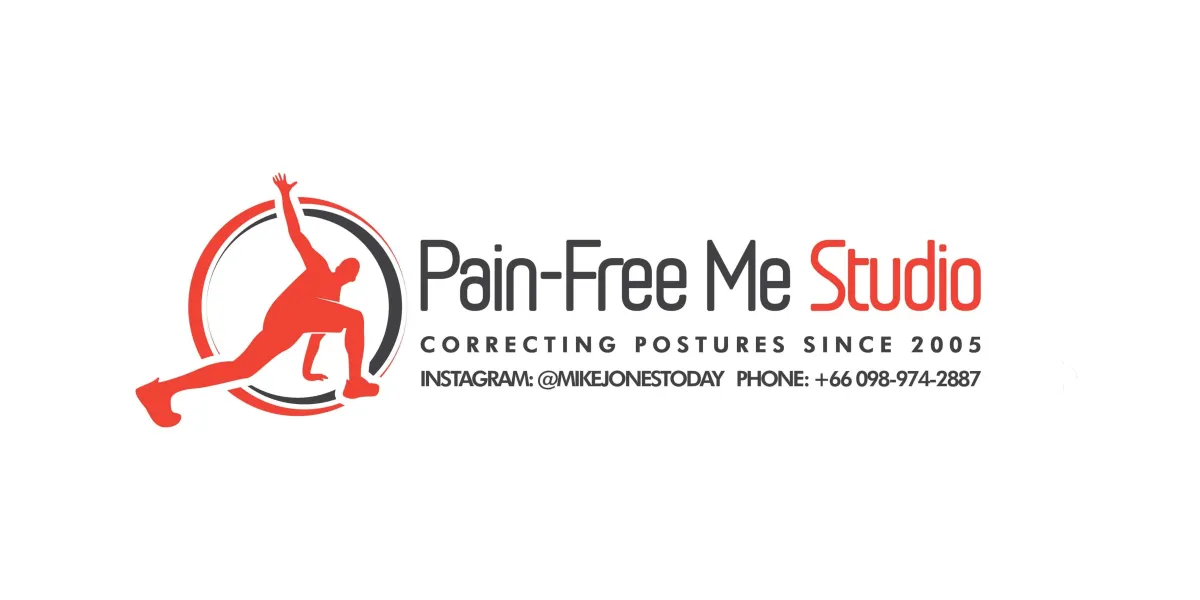Active Desk Workers With Back Pain
Discover The New Way to Bid Farewell
to Back Pain and Melt Years Off Your Body
Active Desk Workers With Back Pain
Discover The New Way to Bid Farewell
to Back Pain and Melt Years Off Your Body

In the realm of health and fitness, we often emphasize structured exercise routines and dietary habits. However, there’s a silent player in the game of energy expenditure that deserves our attention: Non-Exercise Activity Thermogenesis, commonly known as NEAT.
This unsung hero of calorie burning plays a crucial role in our overall energy balance, and understanding its impact can revolutionize the way we approach our daily activities, especially for those of us tied to our desks.
What is NEAT?
Non-exercise activity thermogenesis (NEAT) refers to the energy expended for everything we do that is not sleeping, eating, or sports-like exercise. It includes a wide range of activities such as walking, standing, fidgeting, and even maintaining posture.
NEAT is a significant component of our total daily energy expenditure, and its contribution can vary greatly from person to person.
The Difference Between NEAT and Sitting Still:
While sitting still might seem like a passive activity, it actually requires a certain amount of energy to maintain posture and perform minimal movements like typing or adjusting your position. However, NEAT goes beyond this baseline energy expenditure.
It encompasses more dynamic activities that can significantly increase your calorie burning without the need for structured exercise. For example, pacing while talking on the phone or choosing to stand at your desk instead of sitting can boost your NEAT.
NEAT’s Role in Energy Expenditure
NEAT fills in the slack in your energy expenditure, acting as a buffer that can either aid in weight management or contribute to weight gain, depending on your level of activity. For individuals with sedentary lifestyles, NEAT can account for a small portion of their daily calorie burn.
However, for more active individuals, NEAT can contribute substantially to their overall energy expenditure, making it a critical factor in maintaining a healthy weight.
Differences Between Active and Non-Active Desk Workers
The distinction between active and non-active desk workers is primarily defined by their level of NEAT. Active desk workers make a conscious effort to incorporate movement into their day, whether it’s through using a standing desk, taking frequent breaks to walk around, or performing simple exercises at their workstations.
In contrast, non-active desk workers tend to remain seated for prolonged periods, resulting in lower NEAT and potentially contributing to health issues associated with a sedentary lifestyle.
Simple NEAT Movements You Can Do at Your Desk
1. Standing Desk: Alternate between sitting and standing throughout the day to engage different muscle groups and increase energy expenditure.
2. Leg Raises: While seated, straighten one or both legs and hold in place for a few seconds, then lower back down without touching the floor. Repeat multiple times.
3. Desk Push-Ups: Place your hands on the edge of your desk, walk your feet back to a comfortable angle, and perform push-ups against the desk.
4. Seated Marching: Lift your knees up and down one at a time, mimicking a marching motion while sitting.
5. Fidgeting: Simple movements like tapping your feet, twirling a pen, or shifting in your chair can contribute to your NEAT.
Conclusion
NEAT is a powerful component of our daily energy expenditure that often goes unnoticed. By understanding its role and consciously incorporating more non-exercise activities into our routine, we can enhance our calorie burning and support our overall health and wellness.
For desk workers, both active and non-active, recognizing the potential of NEAT can be a game-changer in combating the sedentary nature of their work and promoting a more active lifestyle.
References:
Levine, J. A. (2002). Non-exercise activity thermogenesis (NEAT). Best Practice & Research Clinical Endocrinology & Metabolism, 16(4), 679–702.
Levine, J. A., Vander Weg, M. W., Hill, J. O., & Klesges, R. C. (2006). Non-exercise activity thermogenesis: The crouching tiger hidden dragon of societal weight gain. Arteriosclerosis, Thrombosis, and Vascular Biology, 26(4), 729–736.
Kotz, C. M., & Levine, J. A. (2005). Role of nonexercise activity thermogenesis (NEAT) in obesity. Minnesota Medicine, 88(9), 54–57.
von Loeffelholz, C., & Birkenfeld, A. L. (2018). The role of non-exercise activity thermogenesis in human obesity. Endotext.
About Michael Jones, MS, CErg
Michael Jones is an Author and ergonomist with over 15 years of practical experience in physical therapy and rehabilitation. He shares tips and videos with his 15k followers on Instagram. He is the author of Stand Up! Upgrade Your Posture…Transform Your Life.

Instagram
LinkedIn
Youtube